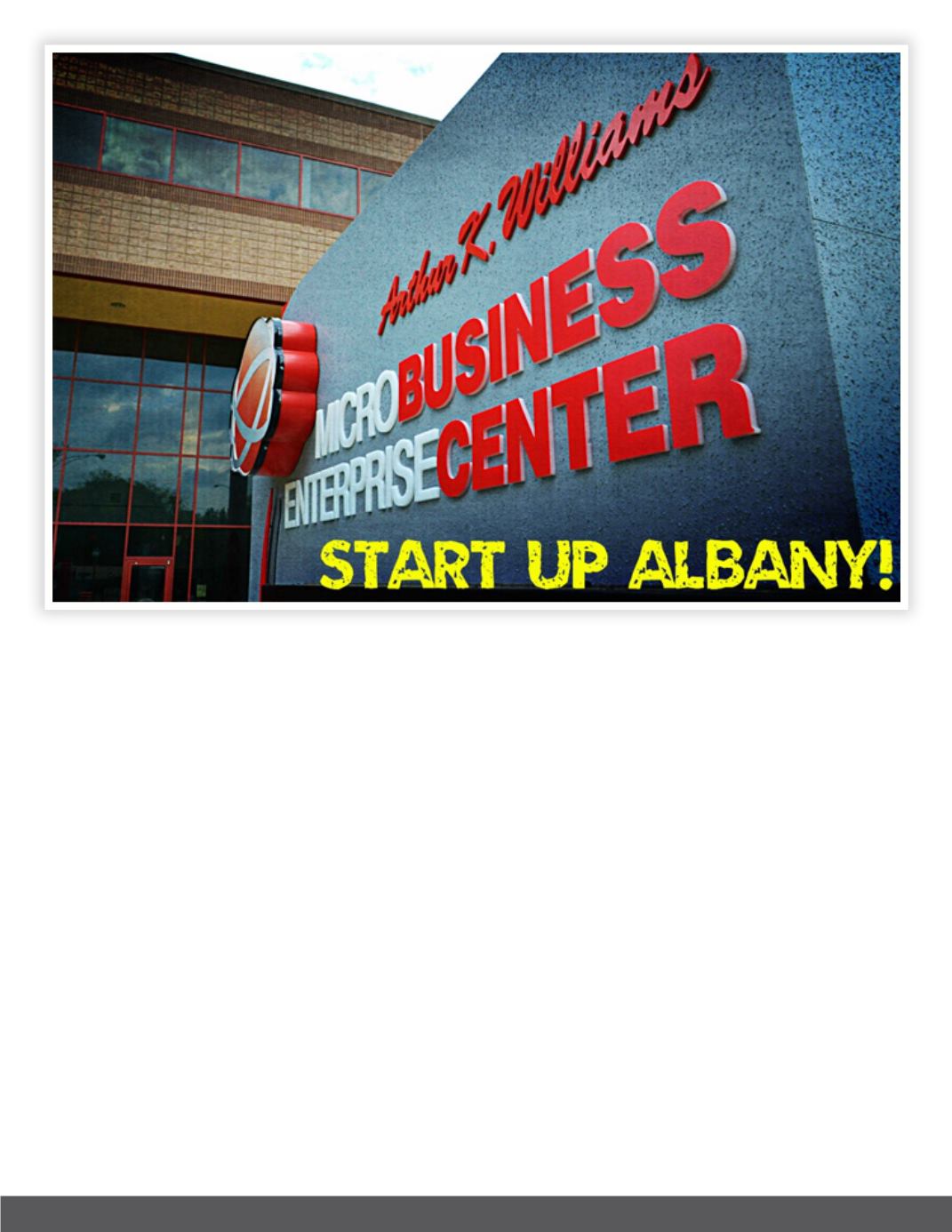
132 Business View - July 2015
start-ups) or the training available to help them write
their business plan and vet out their business ideas.”
She continues, “The goal of the center is to get a busi-
ness in and to incubate it; hold it as it grows from the
infancy stage to being able to survive on its own; to get
all the valuable nutrients that it needs to grow into a
sustainable business. The incubator is there to provide
support for someone who’s serious about starting a
small business or looking for an opportunity to create
an additional income stream through micro-enterprise
development. We have some people who come to us
who have never operated a business. But our goal is
to meet them where they are and to help them. You
don’t just get resources, you get someone who will be
with you along the way.” A major part of the center’s
incubator program is to help start-ups obtain funding.
But in helping businesses begin and grow, the City has
some loan funding available of its own, through the
CDBG program. Phyllis Brown, the Deputy Director of
the City’s Department of Community and Economic
Development fills in the details: “We have two econom-
ic development loan programs whose primary objec-
tives are job creation. One is the Community Develop-
ment Block Grant Revolving Loan Fund. That’s the one
in which we partner with local banks to provide gap
financing up to $50,000.” Whereas banks might only
lend 80 percent of any necessary financing, the City
can supply the extra 20 percent. “The primary objec-
tive is that at least one full-time equivalent job is cre-
ated or retained per $35,000 borrowed.”
The second program is the Economic Development Ad-
ministrative (EDA) Loan Program which provides loans
from $5,000 to $200,000 for startups, business ex-
pansion or improvements, or working capital. It too
requires that at least one full-time job is created or
retained per $35,000 borrowed. One of the success-


